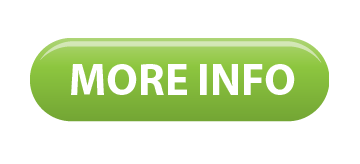

Select the name of the column you created, in this case, Select a destination:
Then create a page navigation button and select the conditional formatting option for the destination: Power BI uses exact string match to set the drillthrough destination, so double-check that the entered values exactly align with your drillthrough page names.Īfter you've created the table, add it to the page as a single-select slicer: To create the example shown above, start by creating a single-column table with the names of the navigation destinations:

For example, you may want to save space on your report canvas by having a single button to navigate to different pages based on the user’s selection. You can use conditional formatting to set the navigation destination, based on the output of a measure. Set the navigation destination conditionally You avoid having to edit and manage bookmarks if you want to change which pages to show in your navigation pane.Īdditionally, you can conditionally format the tooltip as you can do with other button types. You can build a custom navigation pane, and add the navigation buttons to it. To set up a page navigation button, create a button with Page navigation as the action type, and select the Destination page. With the Action type Page navigation, you can build an entire navigation experience without having to save or manage any bookmarks at all. You can try or test the buttons you create for your report by using CTRL+CLICK on the button you want to use. You can learn more about Q&A Explorer by checking out this blog post. For example, the Q&A button type automatically selects Q&A as the default action. See Create page navigation in this article for details.Ĭertain buttons have a default action selected automatically. Page navigation navigates the user to a different page within the report, also without using bookmarks.Learn more about drillthrough buttons in reports. Drillthrough navigates the user to a drillthrough page filtered to their selection, without using bookmarks.Bookmark presents the report page that's associated with a bookmark that is defined for the current report.Back returns the user to the previous page of the report.You can access the options for button actions from the Action card in the Format button pane. You can select which action is taken when a user selects a button in Power BI. In the following image, you see the Icon card expanded, with the drop-down selected to show the three states. To select how the button should appear for each state, expand one of those cards and select the drop-down that appears at the top of the card. The following cards in the Format button pane let you adjust formatting or behavior of a button based on its three states: Many of the cards in the Format button pane can be modified individually based on those three states, providing plenty of flexibility for customizing your buttons. Set button properties when idle, hovered over, or selectedīuttons in Power BI have three states: default (how they appear when not hovered over or selected), when hovered over, or when selected (often referred to as being clicked). See Customize buttons in Power BI reports for more information. When you select the button on the report canvas, the Format button pane shows you the many ways you can customize the button to fit your requirements. Whether you create the button in Power BI Desktop or the Power BI service, the rest of the process is the same. Select Buttons in the top menu bar and a drop-down menu appears, where you can select the button you want from a collection of options, as shown in the following image. On the Insert ribbon, select Buttons and a drop-down menu appears, where you can select the button you want from a collection of options, as shown in the following image.


 0 kommentar(er)
0 kommentar(er)
